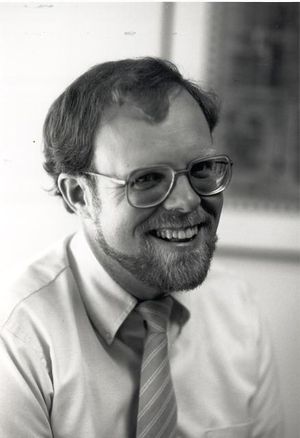John L. Hennessy
- Associated organizations
- Stanford University
- Fields of study
- Computing
- Awards
- IEEE Medal of Honor
Biography
One of the world’s top leaders in computer engineering, John L. Hennessy’s pioneering work at Stanford University as one of the early proponents of the Reduced Instruction Set Computer (RISC) architecture helped revolutionize how computing is performed. At a time when the industry favored the Complex Instruction Set Computer (CISC) architecture, Dr. Hennessy assembled a team of researchers in 1981 at Stanford to focus on the RISC architecture. He thought that computing would be more efficient with a simpler instruction set that could be processed in one clock cycle compared to the many clock cycles required for CISC. He created his MIPS (Microprocessor without Interlocked PipestageS) processor, which was well liked by academics but did not gain interest from industry, which was attached to CISC. To help RISC fulfill its potential and transfer the technology to industry, Hennessy took a sabbatical from Stanford University to found MIPS Computer Systems (now MIPS Technologies) in 1984. By the end of the 1990s, seeing MIPS’ success, most major microprocessor companies introduced RISC-based products of their own. MIPS would become one of the top computer processing architectures in the world and it is used in nearly all of today’s mobile applications as well as in gaming consoles.
A member of Stanford’s faculty since 1977 and having held positions including provost and dean of the School of Engineering, Dr. Hennessy was named Stanford University’s 10th president in 2000. As the first engineer to hold the position, Dr. Hennessy has expanded University programs related to the environment, energy, and human health. He has created a “21st Century university” with an interdisciplinary approach to addressing global concerns, changing Stanford in fundamental ways. Dr. Hennessy follows a belief in not only changing technology for the better but ensuring that technical innovations change the world for the better. He has strived to bring important research to realization and make it accessible to those who will benefit from it. In 2005, he was named the first holder of Stanford’s Bing Presidential Professorship. In 2012 he received the IEEE Medal of Honor, the institute's most prestigious award, “For pioneering the RISC processor architecture and for leadership in computer engineering and higher education.”
An IEEE Fellow, Dr. Hennessy is currently president of Stanford University, Calif.
